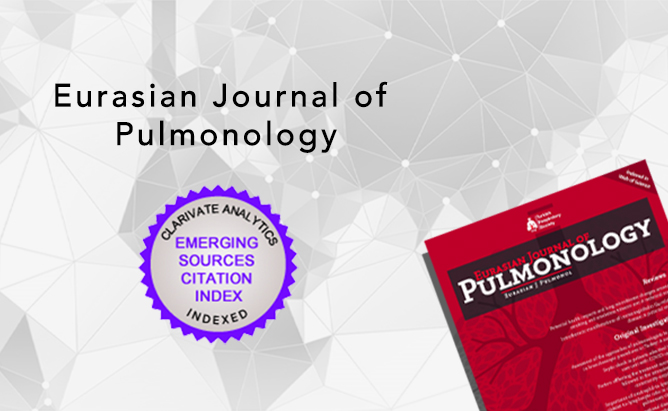2Department of Pulmonology, İzmir Bozyaka Training and Research Hospital, İzmir, Türkiye
3Department of Work and Occupational Diseases, Ministry of Health Kayseri City Hospital, Kayseri, Türkiye
Abstract
Among natural disasters, earthquakes rank as some of the most destructive. The release of particulate pollutants and chemicals during earthquakes, both from natural events and subsequent demolition works, can have severe health repercussions. Acute pulmonary consequences include infections, inhalation injurie,s and airway obstructions, while chronic pulmonary effects encompass interstitial diseases such as silicosis and asbestosis, obstructive diseases, and cancers. It is crucial for both earthquake victims and search and rescue workers to have protection through effective engineering measures, management strategies, and personal protective equipment. The impact of disasters such as earthquakes on breathable air varies based on the geological structure of the region, local industrial, agricultural, and animal husbandry activities, as well as the existing infrastructure. This review will delve into the interrelation between earthquakes and respiratory pollutants under three subtopics: respiratory pollutants, acute and chronic health outcomes, and preventive health measures.




 Melike Yüksel Yavuz1
Melike Yüksel Yavuz1 




